Tips for using QR codes in museums
Museums often showcase the past and focus on physical media, but that doesn’t mean they can’t use digital media and technology to improve the museum experience for visitors.
In fact, QR codes are a great way to give your visitors a more interactive experience. You can help them learn more, have more fun, be more engaged, and even connect with others.
Here are 14 ways you can use QR codes in your museum.
Pro Tip
Transform museum experiences with innovative QR codes. Create custom codes easily with the QR Code Generator.
1. Maps
Place a QR code near entrances and elevators that link to maps. That way, your visitors don’t need to wander around trying to find a specific section. They can view the map right from their phones, and they can keep it at the ready.
2. Scavenger hunt
Create a scavenger hunt where visitors scan QR codes to get clues that lead them to the next code. This is a great way to get guests moving around the museum and exploring all of its exhibits.
3. Artwork information
Put QR codes next to each artwork that links to information about it. The link can also tell visitors where they can find similar pieces. This can help visitors learn more about what they’re seeing and make connections between different works in your collection.
4. Artist information
You can put a second QR code next to each piece of art to provide information on the artist. You can include information about their lives, how they impacted the art world, and why your museum is showcasing them.
5. Virtual tours
Include a QR code on your museum’s website that links to a virtual tour of the exhibits. This way, people who can’t visit in person can still get an idea of what you offer, and visitors can get a preview of what they’ll see.
6.Feedback
Place a QR code near the exit to gather feedback on visitors’ overall experience. Jotform offers a number of feedback form templates to get you started.
7.Exhibit information
Put a QR code at the entrance to each exhibit that links to information about it, like videos explaining its history and meaning. That way, visitors can learn more as soon as they walk into an exhibit without having to search through different resources.
8.Social media
Place QR codes throughout your museum that link to social media with a hashtag for the exhibit or location. It’s one way to encourage visitors to share their experiences at your museum on social media. That can help attract new patrons and encourage those who haven’t visited lately to come back.
9.Quizzes
You can connect a QR code to a quiz to find out why people decided to visit the museum. Then you can use the answers to tell people about some of the exhibits and pieces that they’ll find most interesting.
10.Extra reading materials
Put QR codes that link to reading material or something to think about in areas such as entrances and restrooms where people might have to wait for a while. Giving them something to pass the time can help reduce boredom and frustration.
11.Event registration
If you have a special event like a fundraiser or a concert coming up, you can use a QR code to let people register for it.
12.Contests
Create a contest where visitors scan QR codes to get riddles or puzzles based on information found around the museum. The first person to solve every puzzle could get a prize from the gift shop.
13.Audio tours
Audio museum tours are nothing new, but you can share them easily with a QR code so you don’t need to loan out expensive equipment. You can even make them flexible so people can choose their own route.
14.Surveys
If you want to find out more about what your visitors want to see in your museum, you can use a survey form to get more information. You can place the QR code linking to it in a strategic location. For example, you can ask questions about what changes they’d like the museum to make to a particular exhibit right outside the entrance.




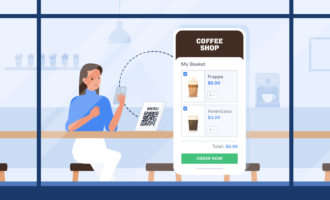

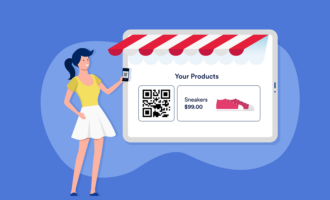





















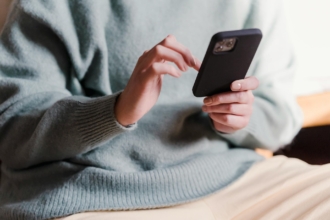












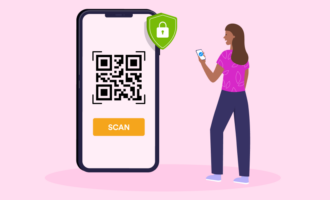
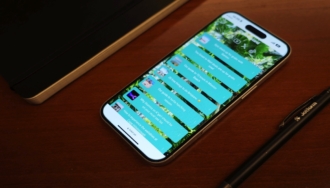
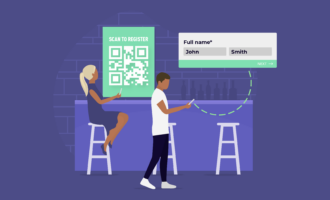












Send Comment: